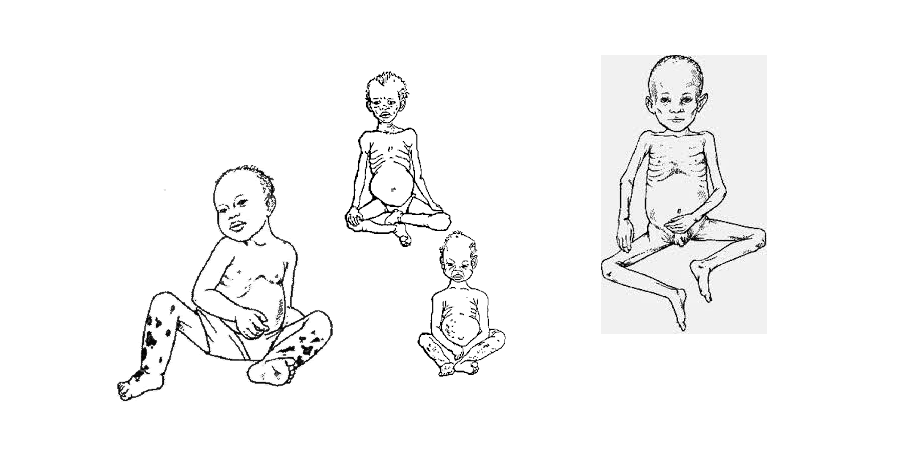
It has been concluded that the weakening of the economic sector due to multidimensional poverty, natural and man-made disasters and epidemics such as COVID-19 and weak infrastructure have hampered Nepal's efforts to reduce malnutrition.
The findings are based on a study conducted by the National Planning Commission in 2020 to provide necessary information and data on the expansion of multi-sectoral nutrition plan II and other nutrition and food security programs.
The study, conducted in collaboration with the World Food Program, looked at nutrition from a food system perspective and analyzed the economic and other barriers to the availability and consumption of nutritious food. The report was made public at a program organized by the commission today.
According to the study, 32 percent of children in Nepal are severely malnourished on the one hand, while 17 percent women are overweight and the condition of malnutrition is alarming.
The state of malnutrition and food insecurity varies according to geographical area, age group and economic status. Infertility in children is more than double that of the poorest group due to micronutrient deficiencies in the poorest group.
The main causes of micronutrient deficiency or hidden hunger are low food diversity, lack of essential nutrients in food and production and consumption of food grains rather than fresh nutritious food products.
Announcing the report, Dr. Dil Bahadur Gurung, Member of the Commission, said that the study would help in formulating policies, plans and programs in the coming days as there is a need for factual data for the formulation and implementation of policies and programs for effective prevention of malnutrition. Another member, Dr. Uma Shankar Prasad, said that Nepal needs to transform its existing food system to access food.
He said that it was important to make all the communities able to consume clean and nutritious food only by investing in the development of nutrition sensitive agriculture and good infrastructure.
Secretary of the Commission Kewal Prasad Bhandari said that poverty has hampered the access of the households to nutritious food. Stating that multi-sectoral efforts are needed to prevent malnutrition, he said that the study has an important role to play in improving the nutritional status of all concerned.
Dr. Kiran Rupakheti, Joint Secretary of the Commission, pointed out the need to formulate a program targeting the poor as the study found that a family of five would have to pay Rs. 348 for nutritious food and Rs. 141 for less nutritious food.
He said that the method of pricing is highest in foreign and mountainous areas according to the geographical area. Robert Kaska, National Director and Representative of the World Food Program, said the need for nutritious food could be met through interventions such as social security programs, livelihood assistance programs and school lunches for households unable to consume nutritious food due to economic hardship. He was confident that such programs would help in reducing the financial burden of the families as well as meeting their other needs.
The report found that at least one in five households could not afford the minimum nutritious food, while in some mountainous areas, more than 60 percent of households could not afford such nutritious food.





